
What to do with abandoned stables? A thorny issue in Switzerland

Many people dream of owning a mountain home, especially in Switzerland, where the Alps are within easy reach of major towns and cities. But few come on the market and, when they do, they can be quite expensive.
At the same time, Switzerland’s mountain regions are peppered with thousands of vacant stables, barns and sheds because farmers no longer need them. Should they be torn down, or should they be converted?
It’s a controversial question confronted by mountainous cantons like Graubünden in the east and Valais in the south, both popular winter and summer sport destinations. Should such buildings be left down to decay, torn down or converted into lucrative holiday apartments?
“It depends on the building,” says Gion A. Caminada, an architect from Graubünden who has delved into the topic academically at the federal technology institute ETH Zurich.
All about location
A key consideration is whether the stable or barn in question sits in a village or a more remote area of the countryside, he says. Caminada owns some stables himself in the commune of Vrin because his father was a farmer.
“Those of us who were born here try to maintain them even if we don’t use them, because we have a connection to them,” he explains.
The architect has converted several agricultural buildings in Graubünden. Among them is “Casa Caminada”, a stable turned into a guesthouse in Fürstenau, a commune with 350 residents surrounded by farmland, orchards, and castles.

But the architect has a different perspective when it comes to stables and barns that sit in the open countryside. These, he says, should torn down if they are no longer needed by farmers rather than be kept as monuments of the past.
“Nostalgic people believe that old stables are an intrinsic part of the landscape,” he says. “But they didn’t exist 200 or 300 years ago – these areas were forest then.”
There is no such thing, he says, as an intact rural landscape.
And converting stables or barns into vacation homes, he argues, does not amount to preserving a cultural asset but rather destroying one. It changes the purpose of the building.
“Culture is more than just the appearance [of a building],” he says.
The Swiss association for land-use planning, Espace Suisse, takes a similar perspective. “Depending on the circumstances in a given location, unused or ramshackle buildings should absolutely be demolished,” it said in response to written questions.
The Swiss Foundation for Landscape Protection is also opposed to the conversion of stables into residential buildings. Along with nature conservation organisations and associations, it has launched a people’s initiativeExternal link to prevent such repurposing of agricultural real estate.
“We are very critical,” says Raimund Rodewald, the foundation’s director.
Not every barn is worth protecting, in his view. Some could be demolished or simply left empty. Even decaying stables pose no problem and ecologically they can even be a boon. Since the huts are built of natural materials, such as wood or stone, the remains could become new animal habitats.
Fear of overdevelopment
Interest in converting stables or barns into holiday apartments is high. There is a shortage of land available for construction in the Swiss Alps, where even simple mountain chalets cost upward of CHF500,000 ($536,600), usually more than CHF1 million.
While many mountain villages face the challenge of inhabitants moving away, outsiders are clamouring for holiday apartments that they only use part-time – partly because mortgage rates are at record lows.
Lax laws and exuberant construction activity have led to real overdevelopment in some mountain regions.
In 2012, voters expressed their dissatisfaction with this by adopting the people’s initiative “End the unlimited construction of second homes!” A year later, they voted in favour of a more stringent national land-use law.
“The land-use law incorporates a strict division between construction areas and areas where no construction is permitted,” writes Monika Zumbrunn of Espace Suisse. “This basic separation helps to prevent overdevelopment and contributes to economical land use.”
But old stables and barns are frequently in the middle of the countryside, outside construction zones. Sometimes they are even in areas threatened by avalanches.
“If former agricultural buildings are converted, this often means more usage and additional connections, for example new roads for access,” Zumbrunn says.
Any additional usage is an extra burden on the natural and cultural environment and on ecosystems that are already under great pressure, she adds.
Swiss land-use law contains a strict division between construction zones and zones where construction is not permitted. Repurposing stables, sheds and other agricultural buildings which are outside the construction zones for historic reasons is only possible under strict conditions – for example if the building is worth preservingExternal link or characteristic of the landscapeExternal link. The authorities and courts are rather strict, even if local politicians seek loopholes to benefit construction companies and jobs.
Rodewald of the Swiss Landscape Protection Foundation concurs that the location of a stable or barn is a decisive factor in making these considerations.
Stables and barns in villages are mostly inside construction zones. However, communities could use such buildings for public purposes rather than leaving them to the booming property market, he argues. They could be repurposed as museums, small concert halls, or gathering points for residents of elder care homes.
Caminada is completely against that idea: “A stable is a stable,” says the architect. A chapel or a museum wouldn’t work in that kind of space. And such mixed uses, he believes, can introduce unwelcome ambiguities to the social dynamics of small village life.
How do other countries handle this?
Switzerland is not the only country trying to figure how to best deal with empty stables and barns that are no longer used due the modernisation of agriculture. The solutions vary by country.
Germany, for example, leans towards converting stables and barns in the centre of villages into residential building. The goal is to prevent people from moving out to the outskirts and depopulate village centres.

In the Austrian Tyrol and parts of Britain stable and barn conversions are almost impossible but for different reasons, according to Rodewald. Austria wants to protect its hotel industry from competition, while in England it’s a question of heritage conservation. The rules in England have, however, have been relaxedExternal link in recent years.
In Italy, stables and barns are seldom converted. They are simply not connected to the infrastructure and therefore not suitable as holiday homes, he explains.
“The debate in Switzerland is a luxury because we have invested a lot of money in roads and electricity and sewage connections in high mountain regions,” says Rodewald. “In Switzerland, many historic villages have been gentrified.”
A stable is not a home
Converting a stable into a residential home is a challenge from an architectural perspective. Barns and stables are generally not insulated and have no electricity, water or sewage pipes. If animals were previously accommodated in the building, unpleasant smells may need to be eliminated.
Caminada finds it is easier to convert stonewalled stables with pillars than circular wooden barns. The latter are less suitable as potential living spaces because the wind whistles unhindered through the cracks between the wooden planks.
“Wooden boards with a gap between them are perfect for storing hay, which needs to be aired,” says the architect. “But as a living space, it has to be airtight.”
“Casa Caminada” consisted of stonewalled pillars and a wooden section. Despite resistance from the heritage protection authorities, Caminada replaced the wooden planks with concrete. Today the guesthouse is hardly recognisable as a former stable.
Architects need to think rationally and economically but also with aesthetic imagination. Caminada says the question is always: “How can I create interesting living space by repurposing the original substance of the building?”
Converting a stable or barn into a holiday home in Switzerland is not easy at all. Anyone who overcomes the legal and practical hurdles can enjoy a historically valuable house. In the picture gallery above, we show you some successful examples.
(Photos courtesy of Constructive AlpsExternal link)
(Translated from German by Catherine Hickley)

In compliance with the JTI standards
More: SWI swissinfo.ch certified by the Journalism Trust Initiative















![The four-metre-long painting "Sonntag der Bergbauern" [Sunday of the Mountain Farmers, 1923-24/26] had to be removed by a crane from the German Chancellery in Berlin for the exhibition in Bern.](https://www.swissinfo.ch/content/wp-content/uploads/sites/13/2025/12/01_Pressebild_KirchnerxKirchner.jpg?ver=f05a5a9c)
















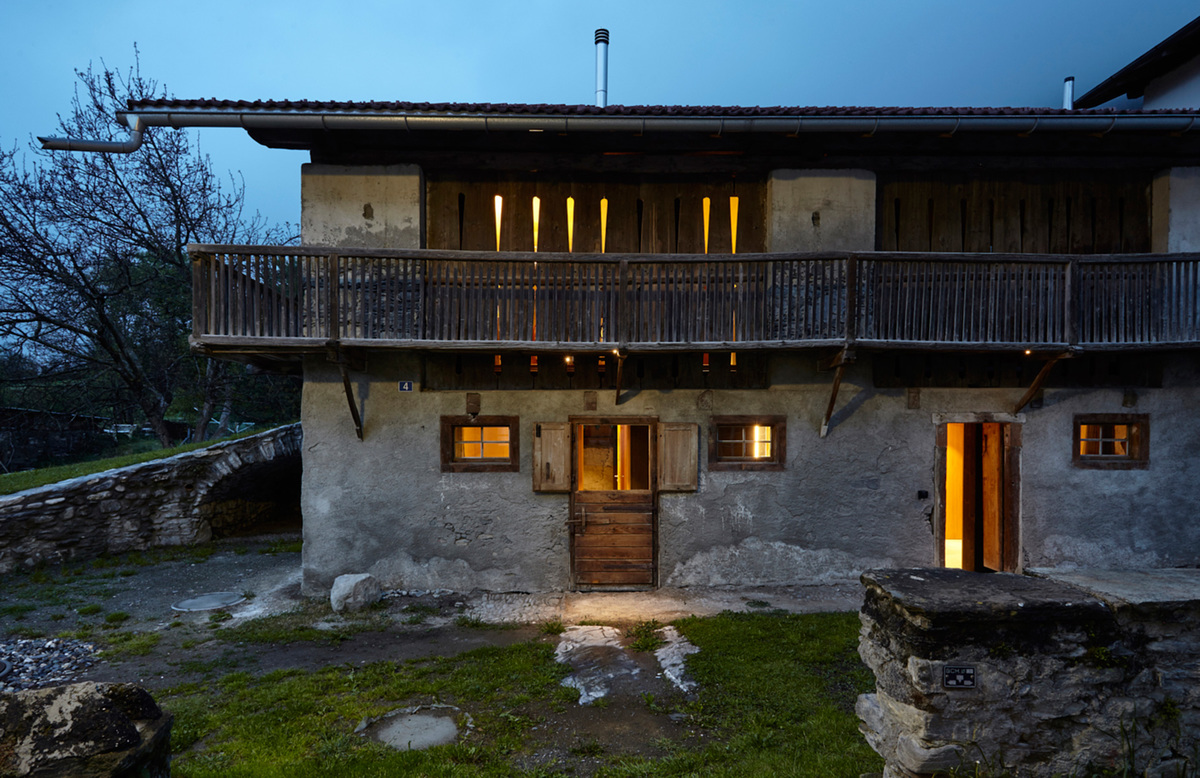
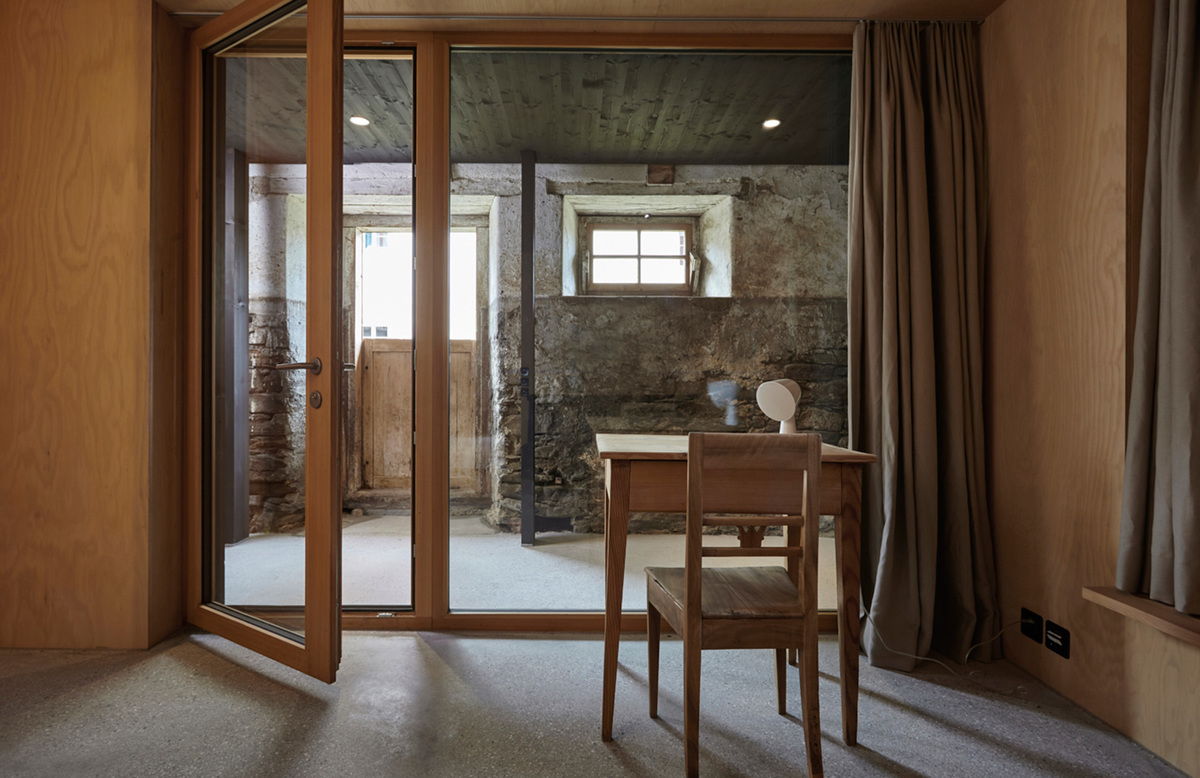
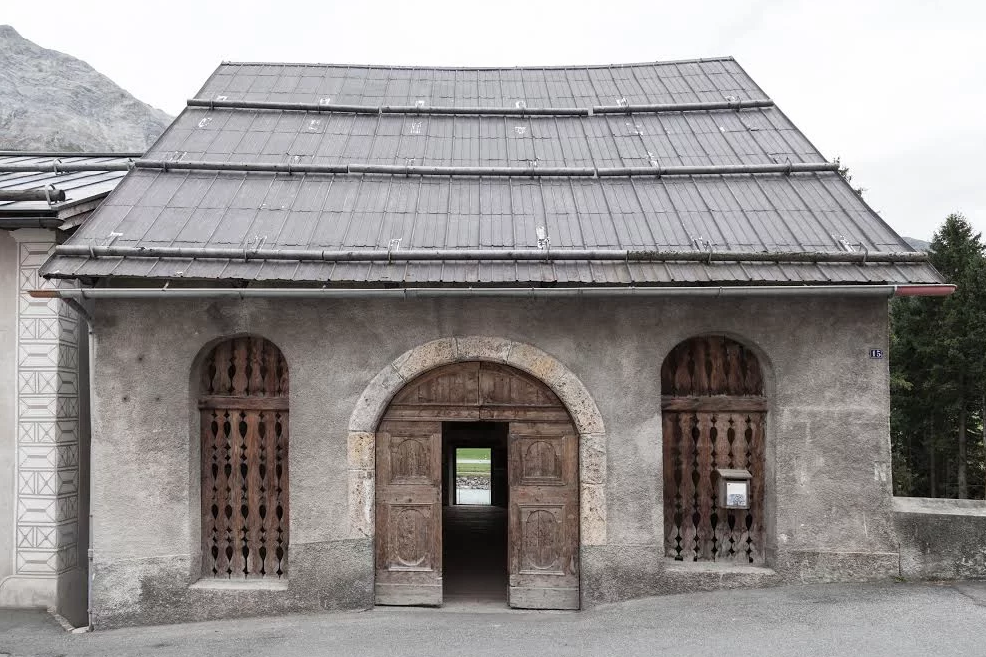
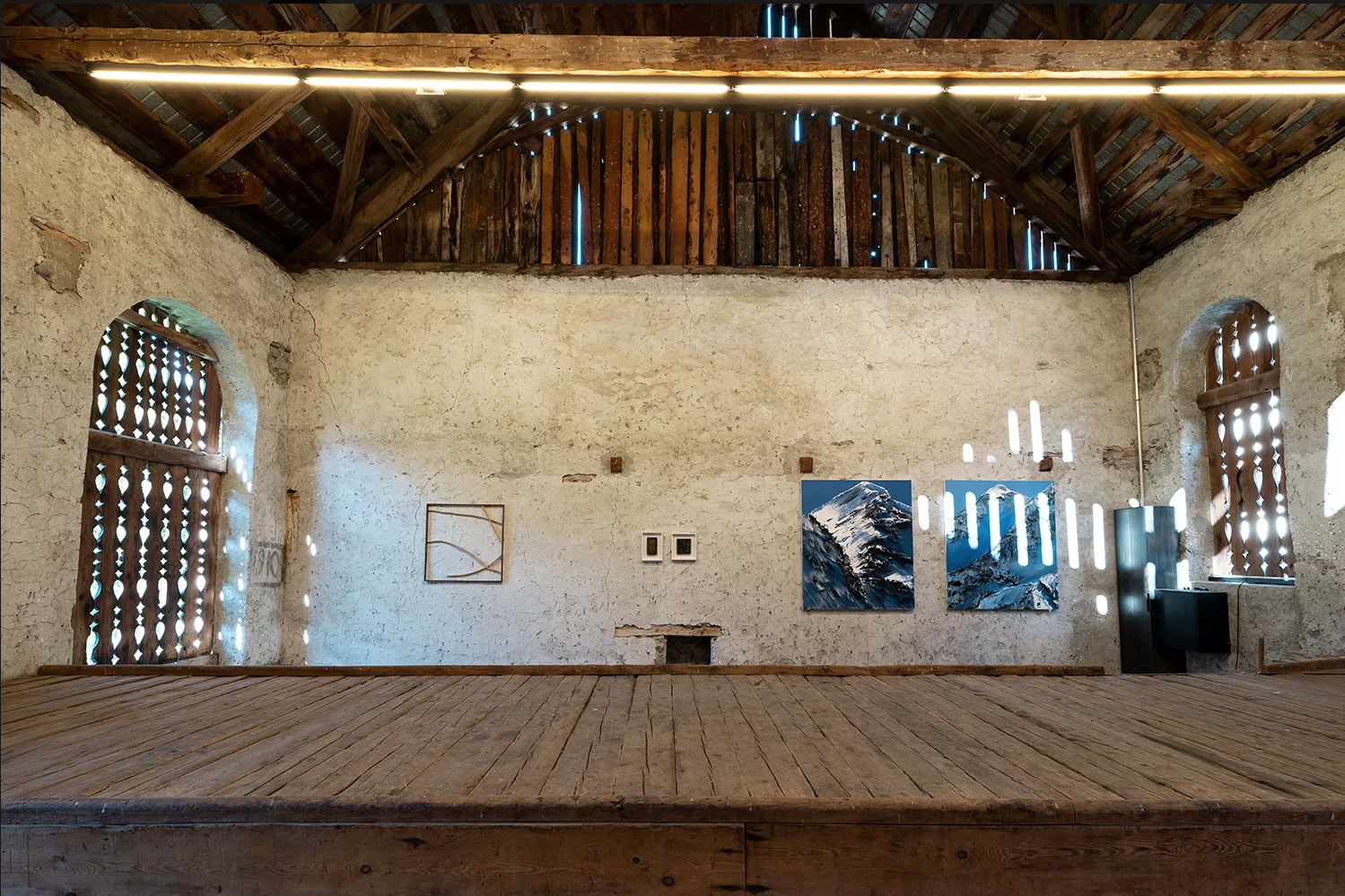
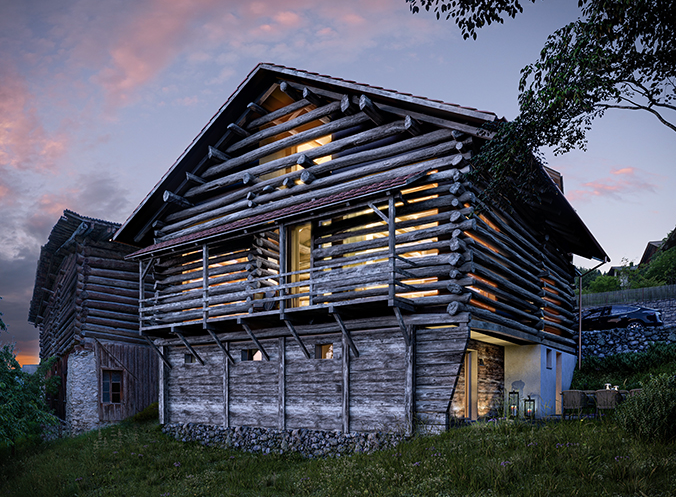
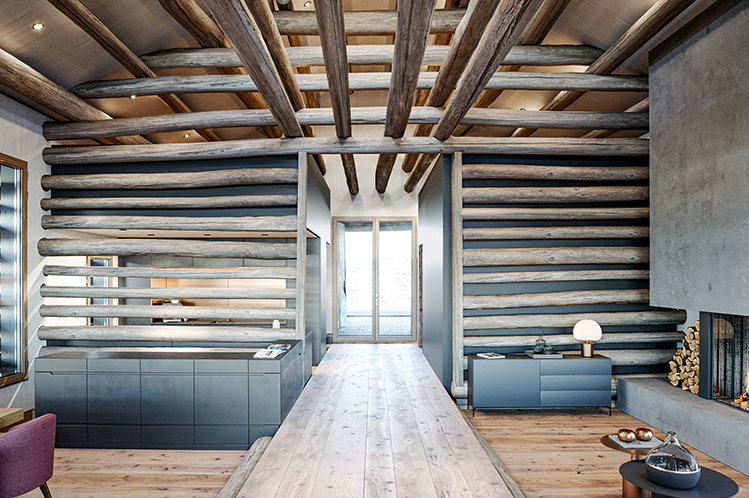
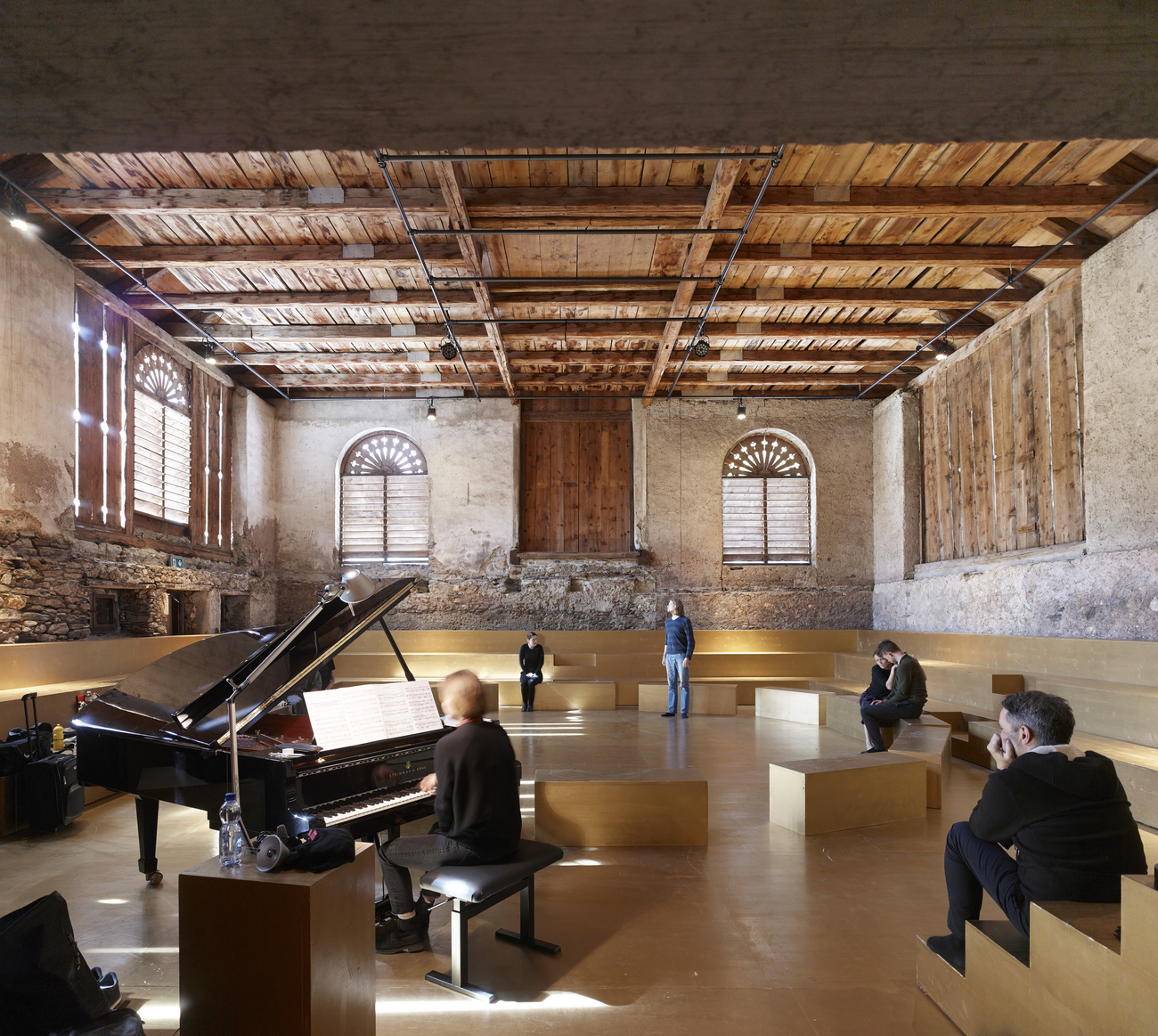
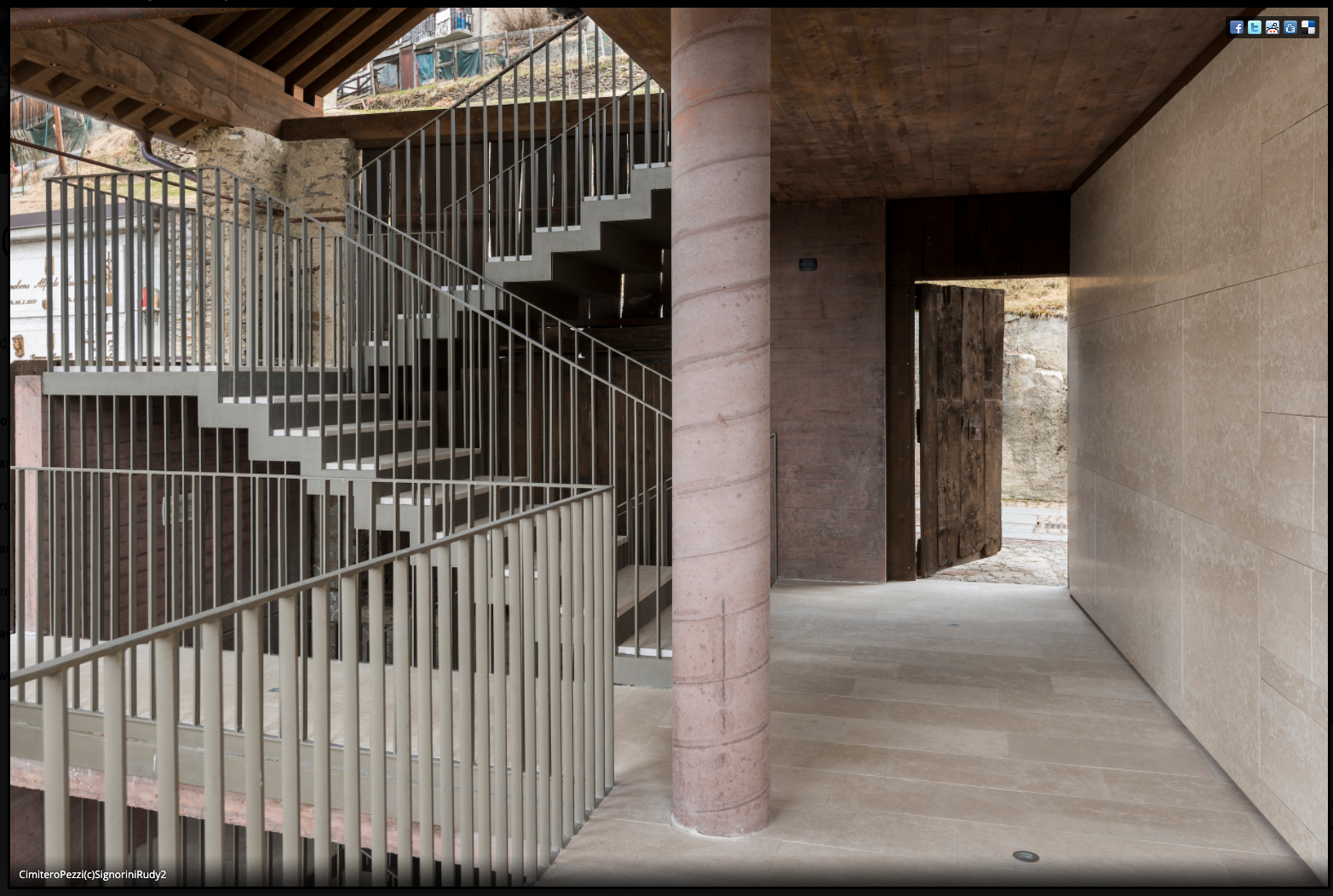
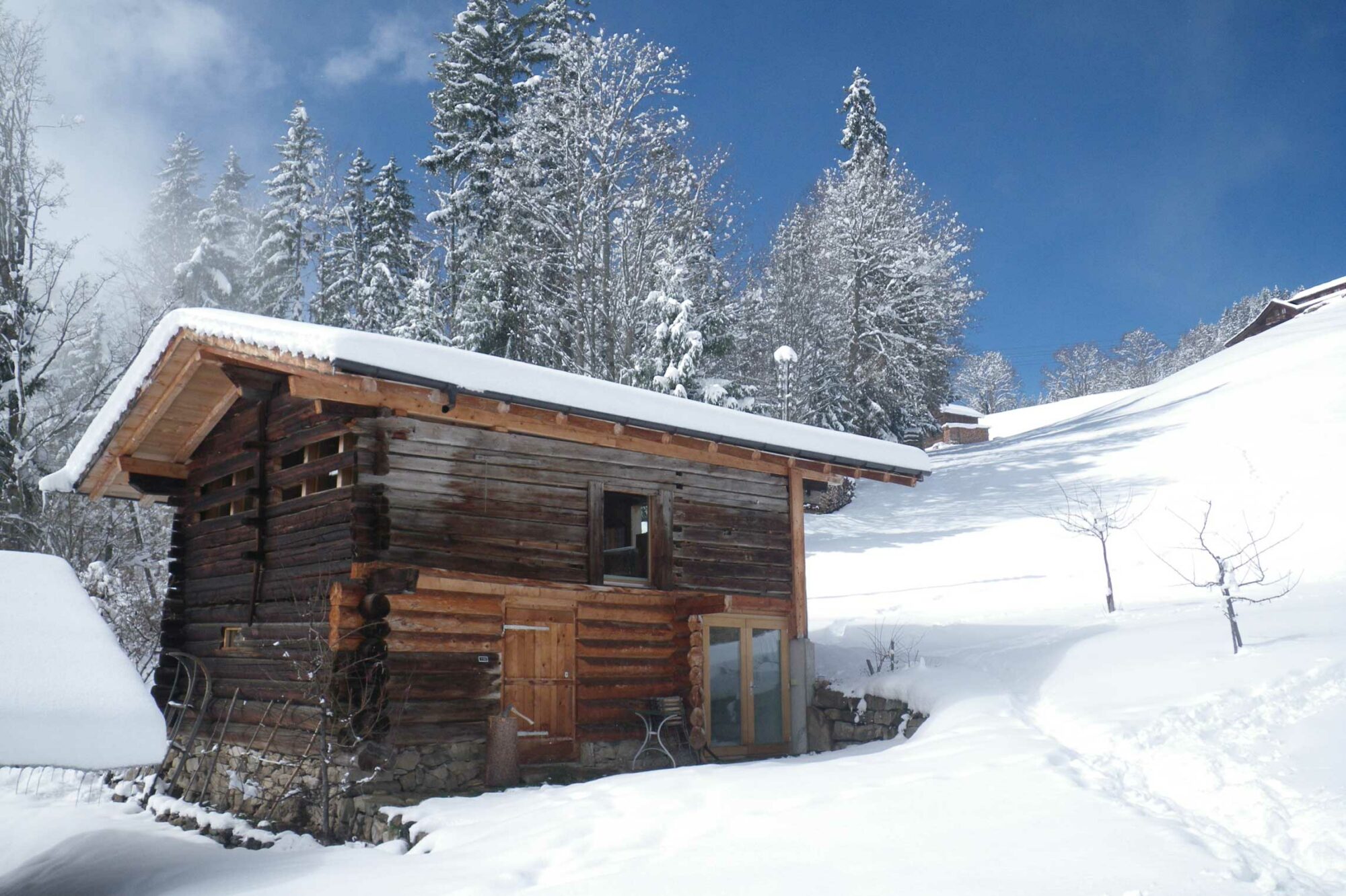
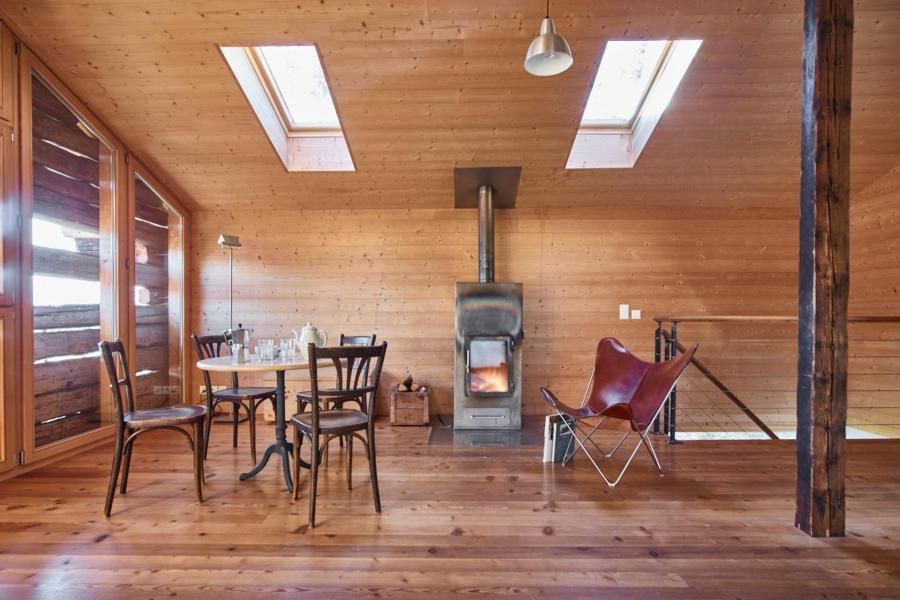
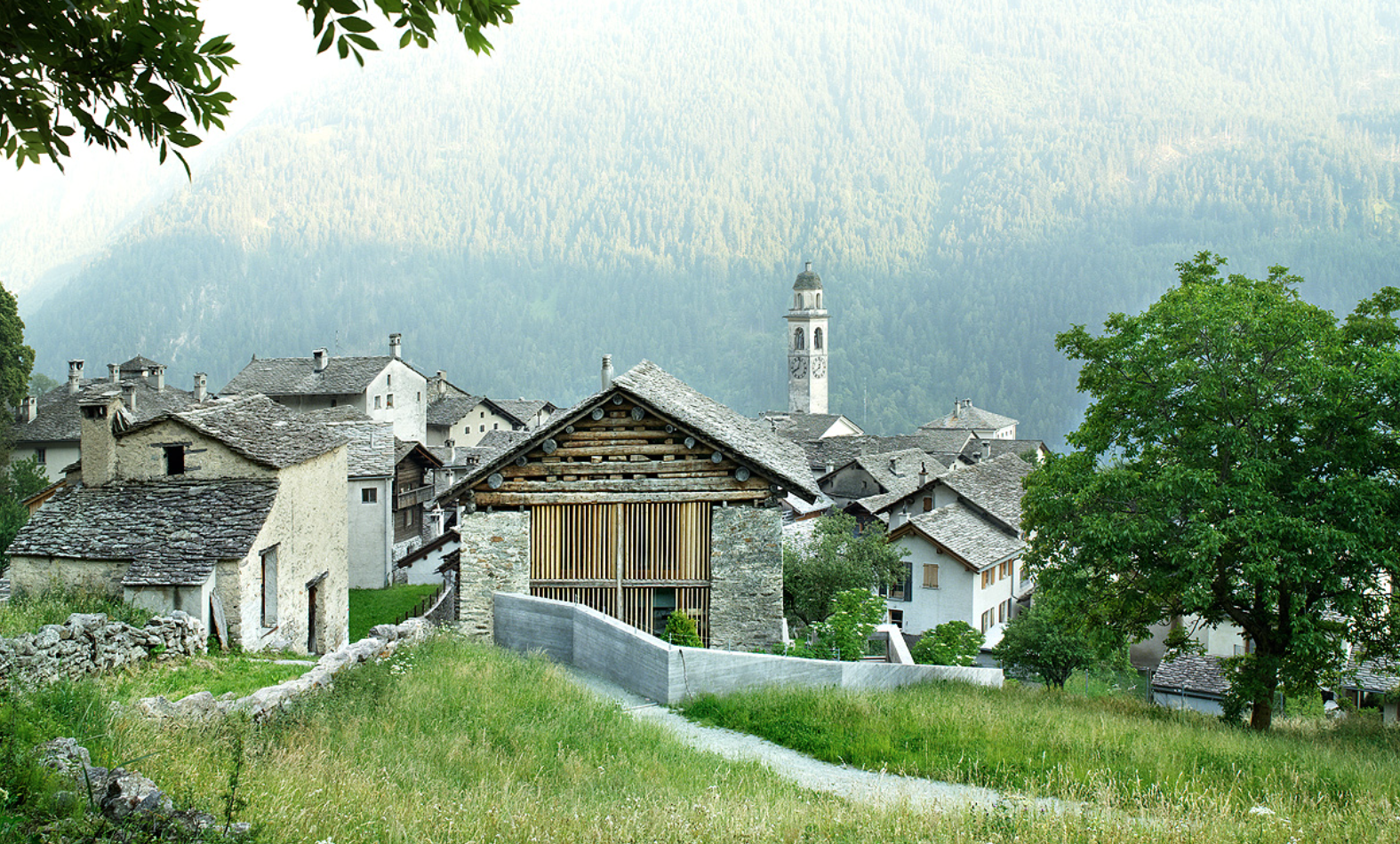
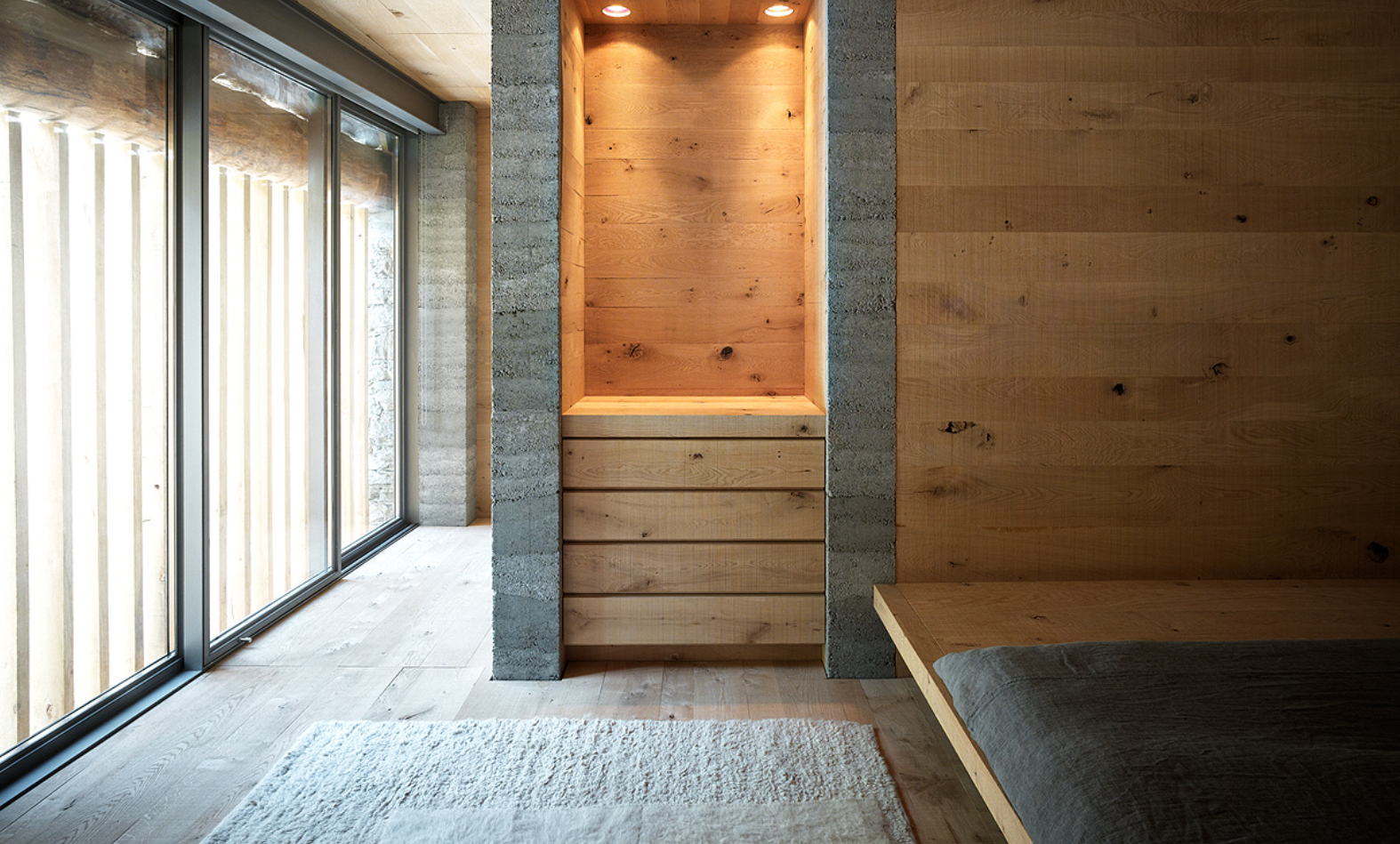
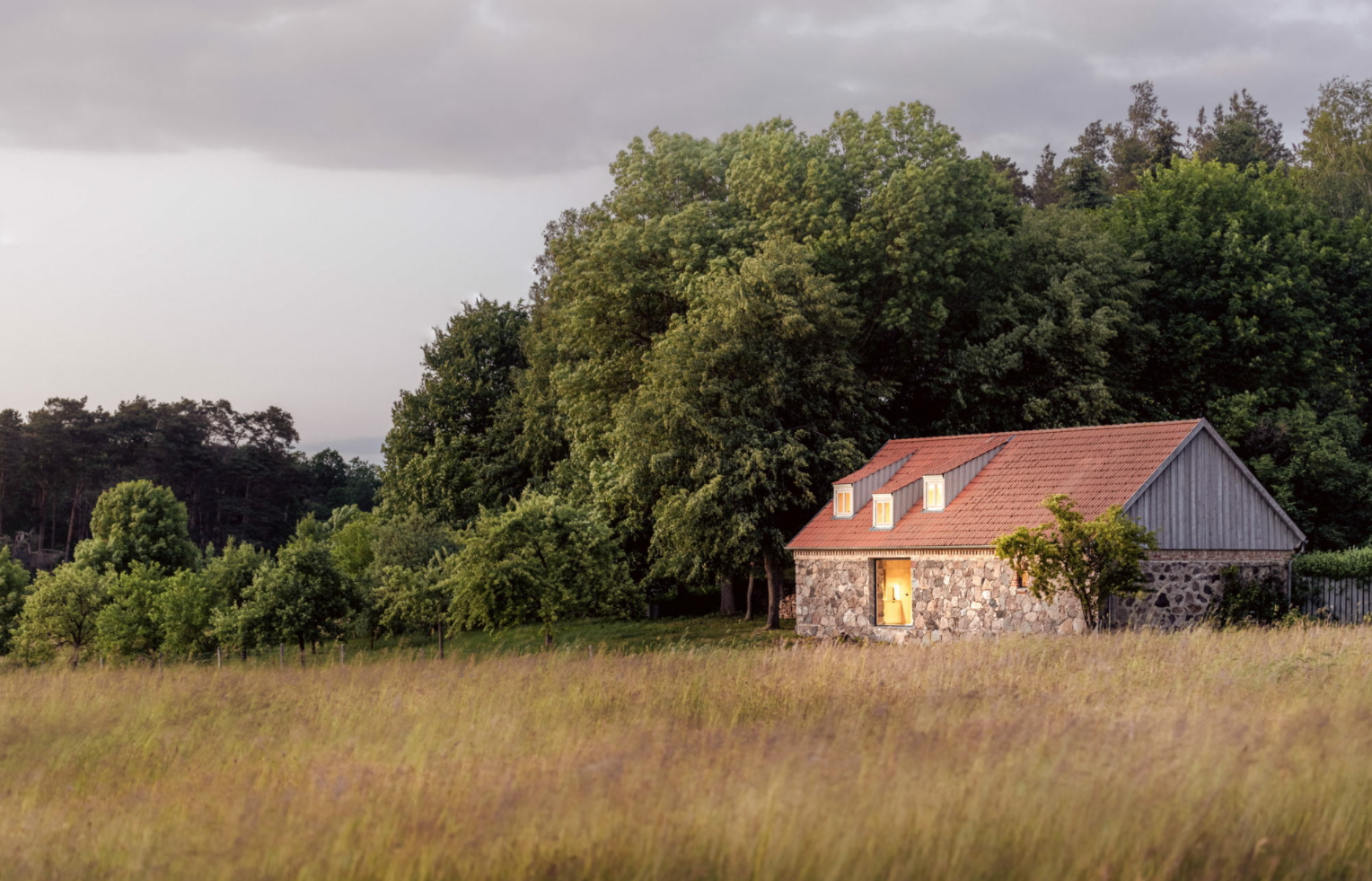
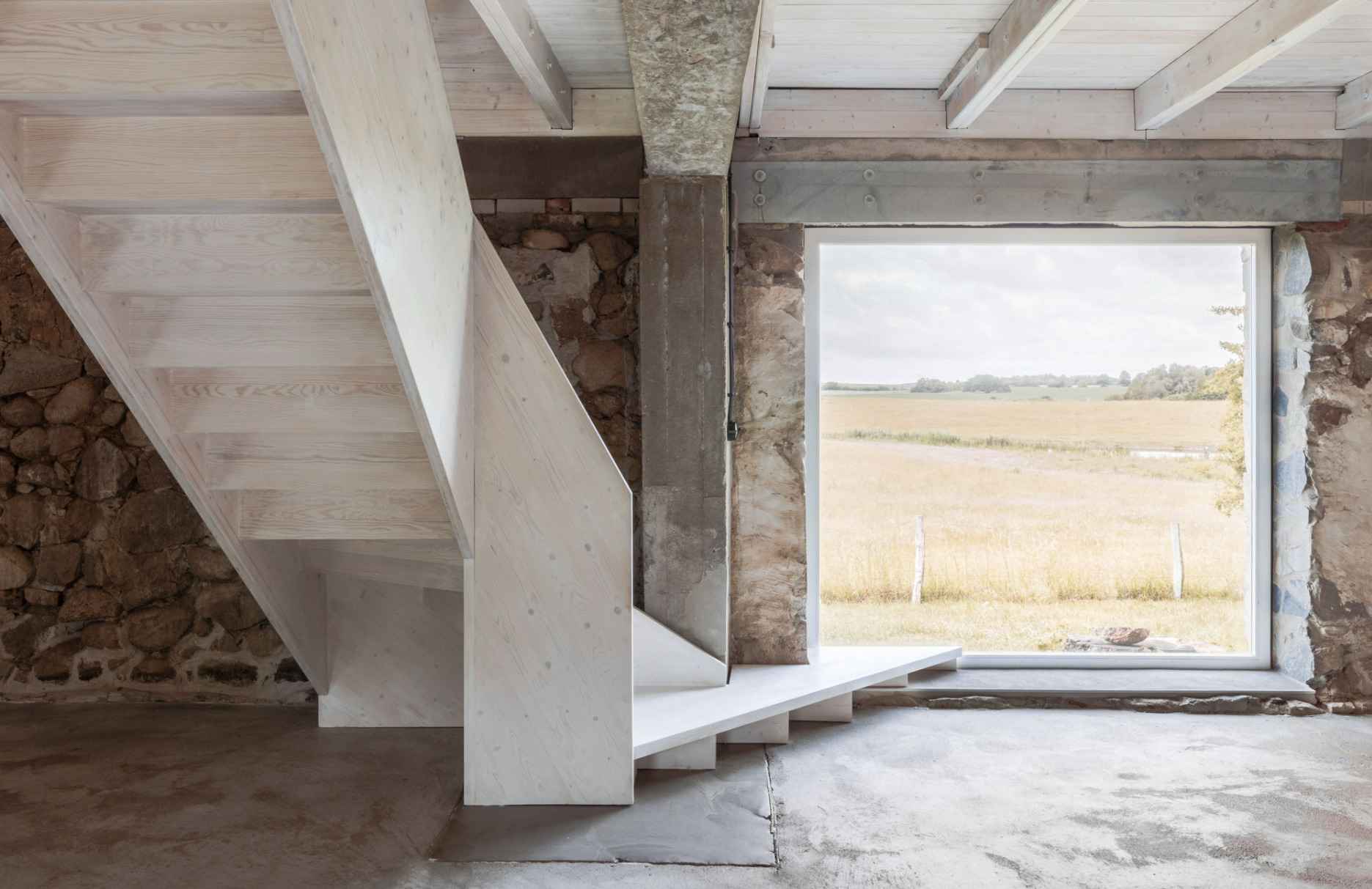
You can find an overview of ongoing debates with our journalists here . Please join us!
If you want to start a conversation about a topic raised in this article or want to report factual errors, email us at english@swissinfo.ch.